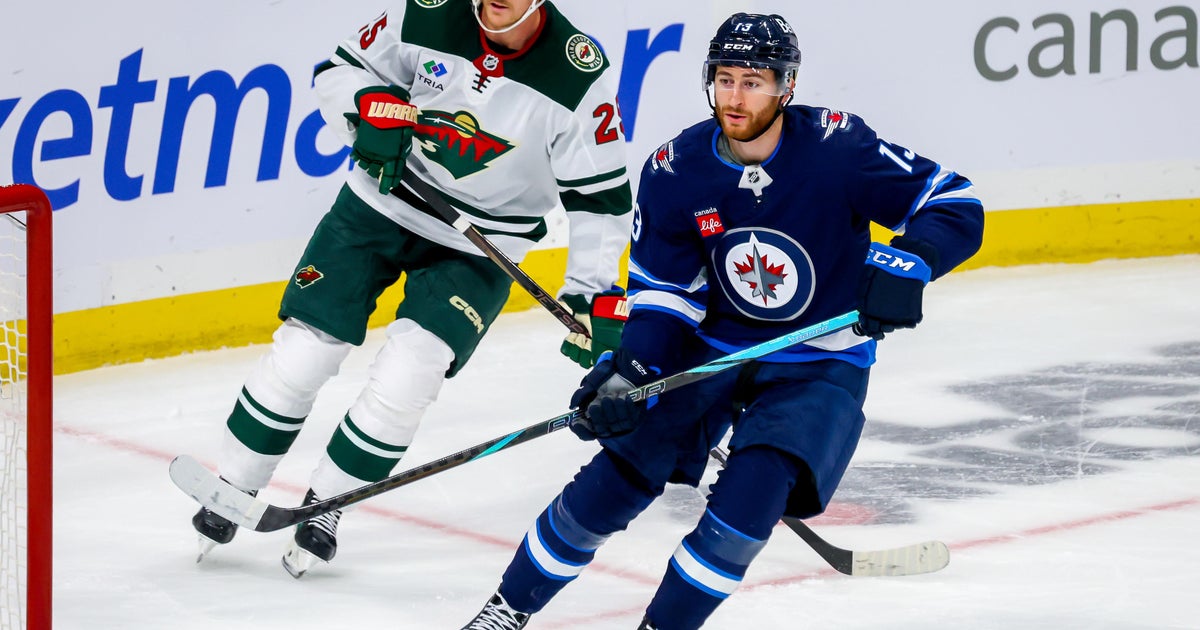Dems Big Spenders In Minn. Gov's Race
ST. PAUL, Minn. (AP) -- Wealthy candidates and a competitive primary made Democrats the big spenders in a Minnesota governor's race that the party won for the first time in two decades.
Reports made public Tuesday showed that two Democratic candidates, including eventual winner Mark Dayton, combined to top the $10 million mark last year.
Dayton primary rival Matt Entenza led the field with $5.7 million in spending, most of it his own. The former state lawmaker finished a distant third in the primary Dayton won.
Dayton clocked in at $4.7 million last year; more than 70 percent came from personal loans. Another Democrat, former House Speaker Margaret Anderson Kelliher, spent $1.3 million of donor money on a second-place finish in the summer primary.
Republican nominee Tom Emmer, who didn't have a big-name primary opponent, spent just shy of $2.8 million. He lost to Dayton by about 9,000 votes.
One illustration of the Democratic money advantage: Dayton spent about as much on TV ads from June on as Emmer spent on his whole campaign.
The candidate reports only give a partial picture because most hopefuls for the open office began their campaigns in 2009, which drives up the total cost.
The candidates themselves spent more than $20 million on the race over the 2010 cycle. The Associated Press analyzed campaign finance reports for 2009 and 2010 for 17 major candidates, ranging from Dayton, Emmer and Independence Party candidate Tom Horner to current and former state lawmakers and others who packed the field early on.
Horner's campaign report wasn't immediately available Tuesday.
What's more, outside groups poured millions of dollars into the race through ads the campaigns had no say in.
The race didn't end on Election Day because the margin between Dayton and Emmer triggered an automatic recount, meaning the money chase also dragged on.
A separate IRS report that Dayton filed on Monday shows that he raised just shy of $1.9 million after the election, including six-figure checks from donors he wasn't able to collect before the election. Dayton raised more money from donors following the election than before it.
The flood of money also aided groups that worked independent of the campaigns but were intent on swaying the outcome.
The Alliance for a Better Minnesota, a left-leaning group, spent $5.7 million on the race. Most of it went to hard-hitting TV ads against Emmer. Its money came from wealthy Democratic donors, unions and the Democratic Governors Association.
Denise Cardinal, which ran the alliance, said having Emmer at the head of the GOP's ticket helped because of his reputation for ardent conservative stances.
"Tom Emmer elicited from our supporters a sense of urgency that we could not let this guy get into that office," she said.
Candidates themselves couldn't take more than $2,000 from any one donor and are barred from taking corporate money. The independent groups are not bound by the same rules.
Two independent groups spent against Dayton on Emmer's behalf.
Minnesota's Future sank $1.4 million into the race, mostly for ads against Dayton and Independence Party candidate Tom Horner. MN Forward spent almost $1.8 million. The group got money from businesses including Target Corp. and Best Buy Co.
The Republican Party footed Emmer's recount expenses. But GOP chairman Tony Sutton said the party set up a special account that isn't subject to public disclosure laws.
Sutton said after the financial disadvantage his candidate faced during the race he will seek a change in law to let political parties take corporate money.
"The system is so stacked in favor of self-financed candidates and now the system is stacked in favor of these outside groups," Sutton said.
(© Copyright 2011 The Associated Press. All Rights Reserved. This material may not be published, broadcast, rewritten or redistributed.)



